At-Risk Populations
"At-risk populations" refers to homeless, unemployed, underserved, and/or uninsured individuals. Chances are high that most health professionals will care for patients facing these everyday realities during their career. Having a better understanding of their particular needs can greatly improve the quality of care provided.
This website and curriculum were created to help health professionals develop essential skills that will assist them in the treatment and referral of at-risk patients.
Victims of Violence
About 1 in 8 of all people experiencing homelessness are survivors of domestic violence.

Of women experiencing homelessness, 9 in 10 report a history of sexual or physical violence.
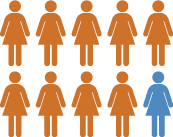
Percent of homeless adults by Disability
17% of homeless adults in surveyed cities were physically disabled, and 30% were severely mentally ill.
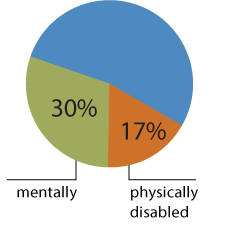
Employment does not necessarily guard against homelessness
On average, 19% of adults experiencing homelessness in surveyed cities are employed, and in some regions such as Boston, employed homelessness was as high as 33%.

Having to Choose between housing, food, and healthcare
For a family of 4 at the 133% federal poverty line the average employee healthcare contribution amounts to 36% of their income, well above the standard maximum of 10% that is considered affordable and far above the ACA premium limit of 8% of household income.
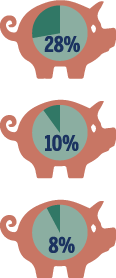
One in Six
About one in six nonelderly Americans—48 million nonelderly people in the U.S.—are medically uninsured for at least part of a year.
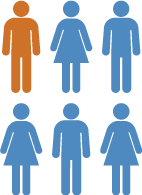
A formal definition of “underinsured”
“Underinsured” status includes those for whom medical expenses total more than 10% of annual income.
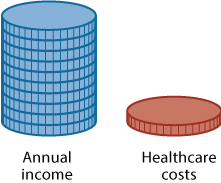
Health disparities by race/ethnicity
Even after controlling for income, insurance status, disease severity, etc. there are persistent disparities by race/ethnicity for a number of diseases such as:
- Cancer
- Cardiovascular disease
- HIV/AIDS
- Diabetes
- Mental illness
- Routine treatments for common health problems